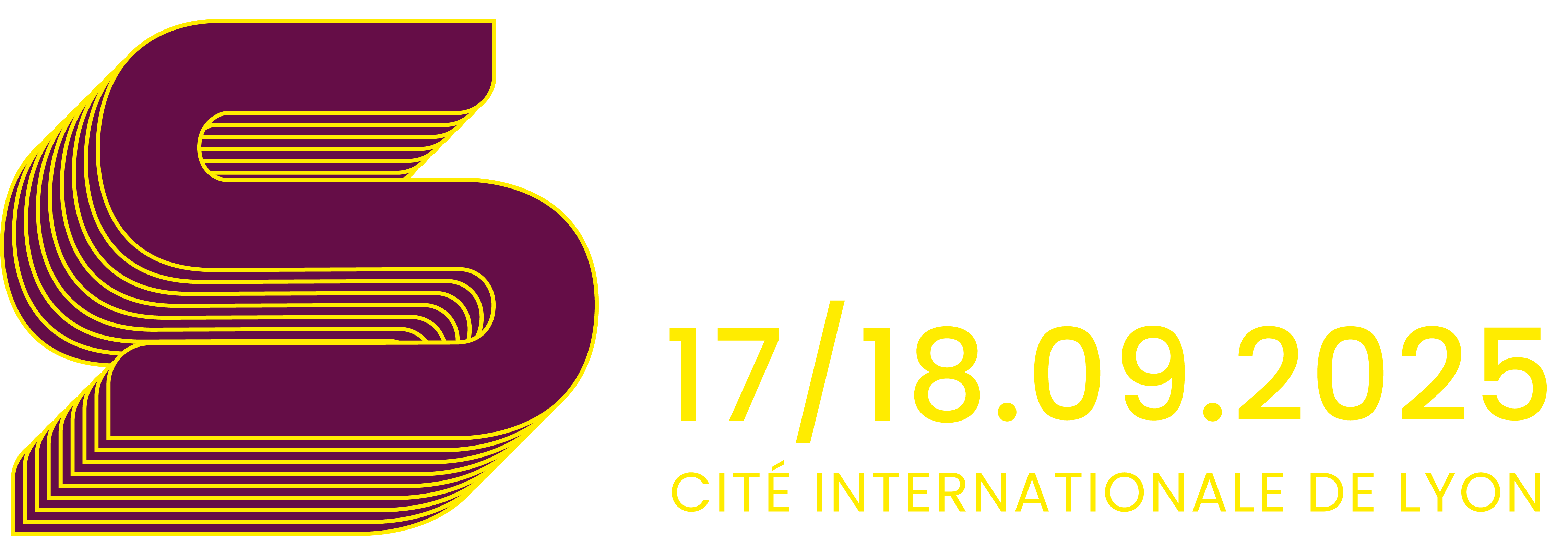Service robotics for industrial cleaning – where are we today?
2019/01/04
Generally speaking, cleaning activities entail a great variety of manual tasks requiring the people who carry them out to be highly mobile. Many robotic or mobile handling systems could be of interest in this type of situation. The very context of cleaning requires systems that are simple to implement with minimum constraints for operators. As well, they must be low in cost if they are used for tasks with little value added, offer special features to carry out work that is potentially dangerous (handling of toxic products, work in high places, etc.), make working conditions substantially less strenuous or curb the risk of musculoskeletal disorders (MSDs).
A bit of history on the automation and robotization of cleaning
The vacuum cleaner was invented way back in 1901 by British engineer Hubert Cecil Booth. His “Puffing Billy” used a pump powered by a gas motor. Other purely mechanical devices had existed since the 1860s. The powered vacuum cleaner truly took off starting in the 1940s. In 1936, Hoover (a company named after its founder, William Hoover) filed a patent for a vacuum cleaner with a removable hose. This innovation soon became a feature shared by all modern vacuum cleaners. Even today, this device invented more than a century ago keeps on evolving.
The first such device was not called a “vacuum cleaner” but rather a “carpet sweeper”. It had rotating brushes and generated suction to remove dust and dirt. Horizontal, and later vertical, rotating brush machines were also developed independently in various forms in the 19th century. The mechanical carpet sweeper was invented in the USA by Melville Reuben, who filed a patent in 1876. At the end of the 1950s, with the advent of DC motors, rotating brush floor cleaning machine manufacturers began to introduce products with variable speeds. The user or operator could thus adjust the rotating speed of a cleaning disk that ran at speeds of over 350 RPM. In the 1970s, rotating speeds reached 750 to 1,000 RPM.
Once scientists managed to develop mobile platforms that could move about autonomously in indoor environments, one of the early achievements of robotics in the 1970s, the idea of robotizing surface cleaning came up. The robotics technologies available in the mid 1980s were tested on industrial cleaning devices. In 1985, the Paris subway network RATP commissioned Comatec, a subsidiary of Compagnie Générale des Eaux to develop a robotic industrial cleaning device. Eight years later, several robots were tested at the Châtelet, Gare de Lyon and Auber stations. One of the main difficulties experienced when rolling out these systems was their autonomous navigation. Learn more (in French language).
At the beginning of the 1990s, GSF wanted to develop an autonomous industrial cleaning device, but autonomous navigation technology was not mature enough and the surfaces to be cleaned, such as those of supermarkets, were too complex to enable full robotization.
So-called “robotic” technologies ware also developed during this same period in order to clean large vertical surfaces as well as locations that are hard to reach.
Finally, the end of the 1990s saw the advent of a cleaning robot (vacuum) ready for the consumer market. IRobot’s Roomba Floorvac was one of the first robot vacuums to be sold in the United States, with the first models requiring 14 hours of charging time for only one hour of battery life. What made it so successful was its user friendliness as well as the “human” value of the task it performed. The robot vacuum, still unique at the time, already appeared as something of a household revolution. While the first models simply memorized the path they took to move around a room, the robotic vacuum cleaner has been constantly enhanced (adding, for example, the virtual wall, more sophisticated navigation using SLAM 2D technology, higher-performance sweeping processes and more). Today’s robot vacuums are sometimes Internet-enabled and feature visual navigation technology. The Roomba has inspired other players, including Samsung, e.Zicom, Agait Asus, LG, Ecovacs and others, to offer similar devices.
What we have seen for so-called “personal” or “personal assistance” robotics has been used in similar forms in cleaning robotics. Many systems, often quite complex in nature, have been developed and tested in the hope of performing relatively sophisticated functions. However, these attempts have rarely moved beyond the prototype stage. Today, advances in autonomous navigation have led to the development of a growing range of professional cleaning robots, based on simple functions and better aligned to market in terms of costs.
What cleaning functions can be automated?
What we refer to as “cleaning” encompasses a wide variety of functions that can be automated. These are generally performed in highly diverse environments and require janitors and other cleaning staff to adapt and adjust to various situations.
However sophisticated they may be, robotic systems will not be able to fully replace humans in this type of work for several decades. To do this, it is important to identify tasks that:
- Are repetitive or highly time-consuming.
- Are physically strenuous, potentially dangerous or likely to lead to health problems.
- Require a certain level of technical prowess.
Indeed, robots can lead to improved performances that, in various areas (increased productivity, less strenuous working conditions, etc.), justify their use.
Furthermore, the constraints associated with implementing robotic devices must be kept to a minimum. As seen with the case of robot vacuums, ease of use is key to their development.
Industrial cleaning robots have been enhanced thanks to enabling technologies such as:
- Visual localization and navigation (visual SLAM)
- Obstacle detection and avoidance (combining laser/vision)
- Development of embedded software (control and management of robotic systems)
- Planning and supervision
- Human-Machine Interfaces.
Professional industrial floor cleaning robots
Many research projects aiming to robotize industrial floor cleaning machinery have been carried out in recent years. Manufacturers – though few in number as of today – are starting to offer a concrete range of products on this market. Below are a few of these companies and the robotic systems they offer.
Cleanfix offers the RA660 Navi. WETROK has developed the Marvin cleaning robot with an original “teach & repeat” feature in which you show the cleaning process and path to take and Marvin repeats it infinitely and autonomously.
American group Diversey sells a range of TASKI – Intellibot industrial cleaning robots and has successfully rolled out its Swingobot robots (https://www.diversey.com/customer-success/iss-taski-swingobot-2000).
Germany’s Adlatus has won a number of innovation prizes for its new Adlatus CR 700 cleaning robot. (https://www.adlatus.eu/en/adlatus/#innovation).
Hefter Cleantech offers an industrial cleaning robot that can be used manually or with autonomous navigation, depending on the need.
Cleaning robots for vertical surfaces
Robotic systems and devices are also capable of cleaning glass surfaces and facades. Starting in the mid-1990s, many research projects were launched in order to develop suspension systems for vertical surfaces with bumps or uneven areas (seals and joinery between window panes, for example).
Japanese firm Urakami (http://www.urakami.co.jp/) was a pioneer in this field. Very early on, it offered vacuum-based systems with a high level of adherence to vertical surfaces and low resistance to forward movement. The propulsion systems are generally based on caterpillar tracks (to evenly distribute the traction force) or wheels (to reduce surface marking during rotation). There are also small footprint support systems.
In October 2018, French firm Erylon announced it had teamed up with Atalian to create an automated window washing system for its customer BASF. See http://www.batiment-entretien.fr/actualite/nettoyage-de-vitres-le-1er-robot-laveur-de-vitres-vertical-teste-in-situ (in French).
Another market where robotics is really making a difference is the cleaning of solar panels. As solar roofing becomes more widespread, cleaning is becoming increasingly essential in order to maximize the energy produced by photovoltaic cells and the keep them in proper condition. Swiss manufacturer Serbot is developing its research activities in France with three products: Gekko Façade (robotized cleaning of vertical glass surfaces on high-rise buildings), Gekko Solar (robotized cleaning of solar roofing) and Gekko Solar Farm (robotized cleaning of utility-scale solar farms).
Chinese company Ecovacs also demonstrated its photovoltaic panel-cleaning robot at CES Las Vegas in 2014.
High-pressure and duct-cleaning robots
There are also cleaning robots that use high-pressure systems.
These robots are generally equipped with an arm that sprays high-pressure jets of water to clean industrial surfaces. Cyprus-based Combijet, part of the Demetriades group, offers 2 high-pressure cleaning robots.
Spanish firm Teinnova offers duct inspection and cleaning robots for environments such as air-conditioning systems.
Canadian firm Robotics Design, with its Anatroller range, is also changing the game in this field.
Catherine Simon -








